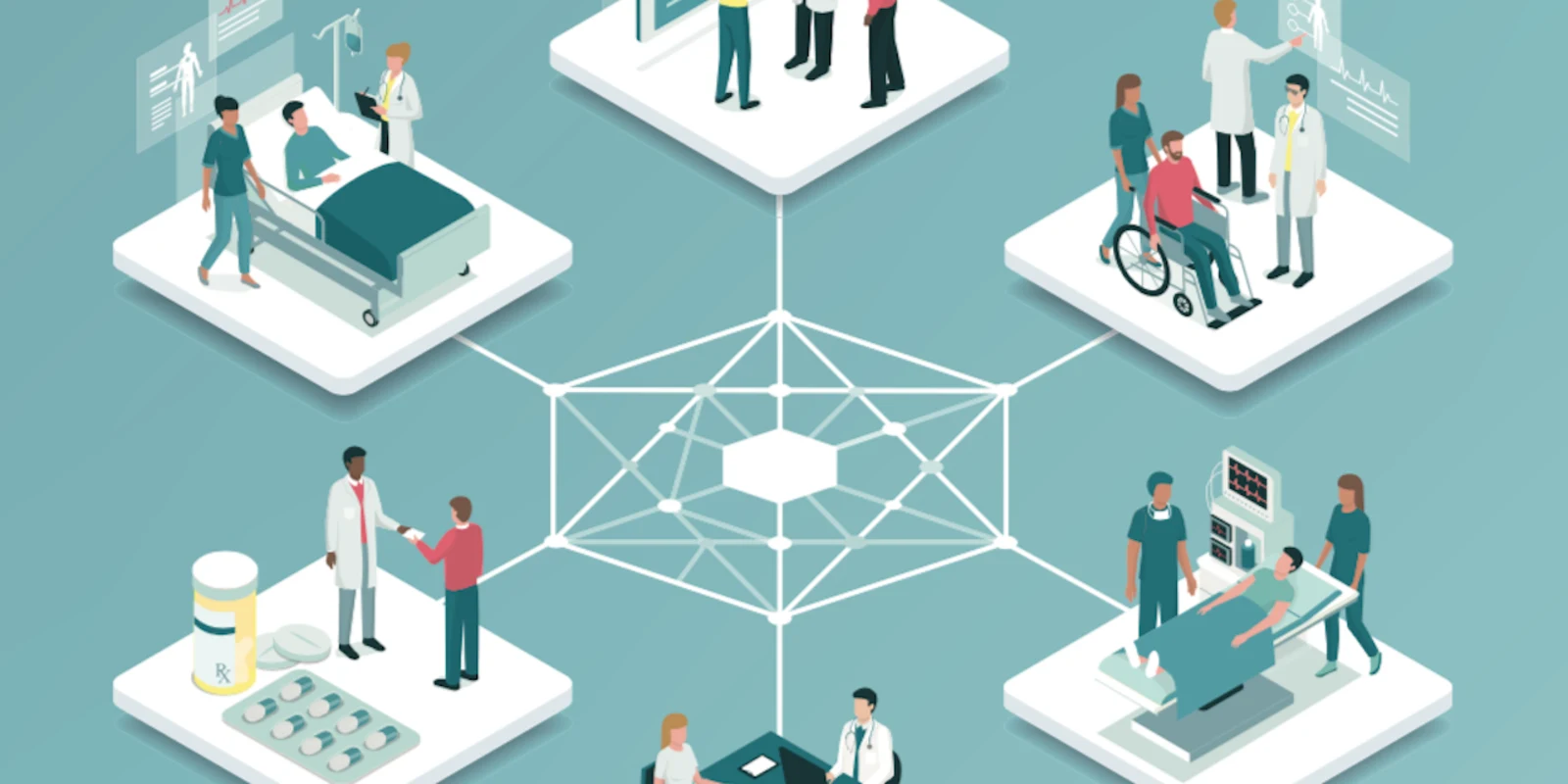
One of the few people who may actually understand how all the myriad pieces of the U.S. healthcare system work together is Stanford University healthcare economist Victor Fuchs, PhD. In a recently published article in JAMA, he explored how inefficiently the U.S. system operates. He concluded that our nation’s micro-efficiency, or individual patient-physician interactions, is comparable to other countries, but our macro-efficiency, or the handling of healthcare delivery and allocation of resources on a broad level, is much less efficient and needs work.
Over the next few months, I’ll be writing about these aspects of healthcare and how patients and physicians, as well as our society, economy, and national values, are impacted by our macro-healthcare decisions.
What Does Micro-efficiency Mean?
Obviously, our system is based on a series of individual interactions between a patient and their physician, whether that’s in an outpatient clinic or an inpatient hospital or care facility. Dr. Fuchs’s exploration of efficiency at this level does not refer to what many of us may look at: our RVU productivity, how quickly a medical assistant gets vitals on my patient, or how quickly am I completing my notes. Instead, he is taking a much broader view, looking at how well various interventions are implemented.
What can actually be accomplished in the relatively short time we have with the patient? While it is estimated that the typical Primary Care physician needs nearly 22 hours a day to address all of the preventive, acute, and chronic needs for an entire patient panel of about 2,500, many of those needs are definitely being addressed. For example, screening rates of colorectal cancer and other preventive measures in the U.S. have increased significantly since 2000. Given our very squeezed amount of time in patient visits, we are generally doing as well as most other developed countries. Even though we may not spend those 22 hours a day to meet our patients needs, the same restrictions apply across the world to meet such efficiencies.
Is meeting these recommended areas of care the only way to measure our efficiency? Many of the insurance-prescribed quality measures are not actually based on evidence, but since achieving them is often tied to reimbursement, that takes over our focus in our limited time with a given patient. This obviously can decrease our patient-centered efficiency, depending upon what the benchmark is for us, but may make us look artificially like we are doing a great job as we simultaneously neglect an individual’s true needs. Many of us decry such imposed requirements, feeling that we are then unable to focus on the most important aspects of patient care. This then becomes difficult to identify how we should measure ourselves.
Fuchs uses the lower life expectancy in the United States as the benchmark in his argument. When comparing ourselves to other developed countries, we have lower rates of obstetrical trauma, fewer foreign bodies left after surgery, and lower mortality 30 days following a heart attack. Based on such very general metrics in the US versus the rest of the world, Dr. Fuchs concludes that our micro healthcare encounters contribute very little to our nation's lower life expectancy. Something else is at play in causing such a poor outcome.
There are many ways to look at the efficiency of our healthcare interactions at various levels of the system. In upcoming articles, we will explore further what this may mean, why we have the comparatively poor outcomes that we do, and how we can make ourselves even more efficient to achieve the ends that we desire for all of us.
Dr. Kyle Bradford Jones is a board-certified family physician at the University of Utah School of Medicine. He practices at the Neurobehavior HOME Program, a patient-centered medical home for individuals with developmental disabilities. He is very interested in how technology and social media can be used to improve overall health and clinical care.
Dr. Jones is a 2018–2019 Doximity Author.







